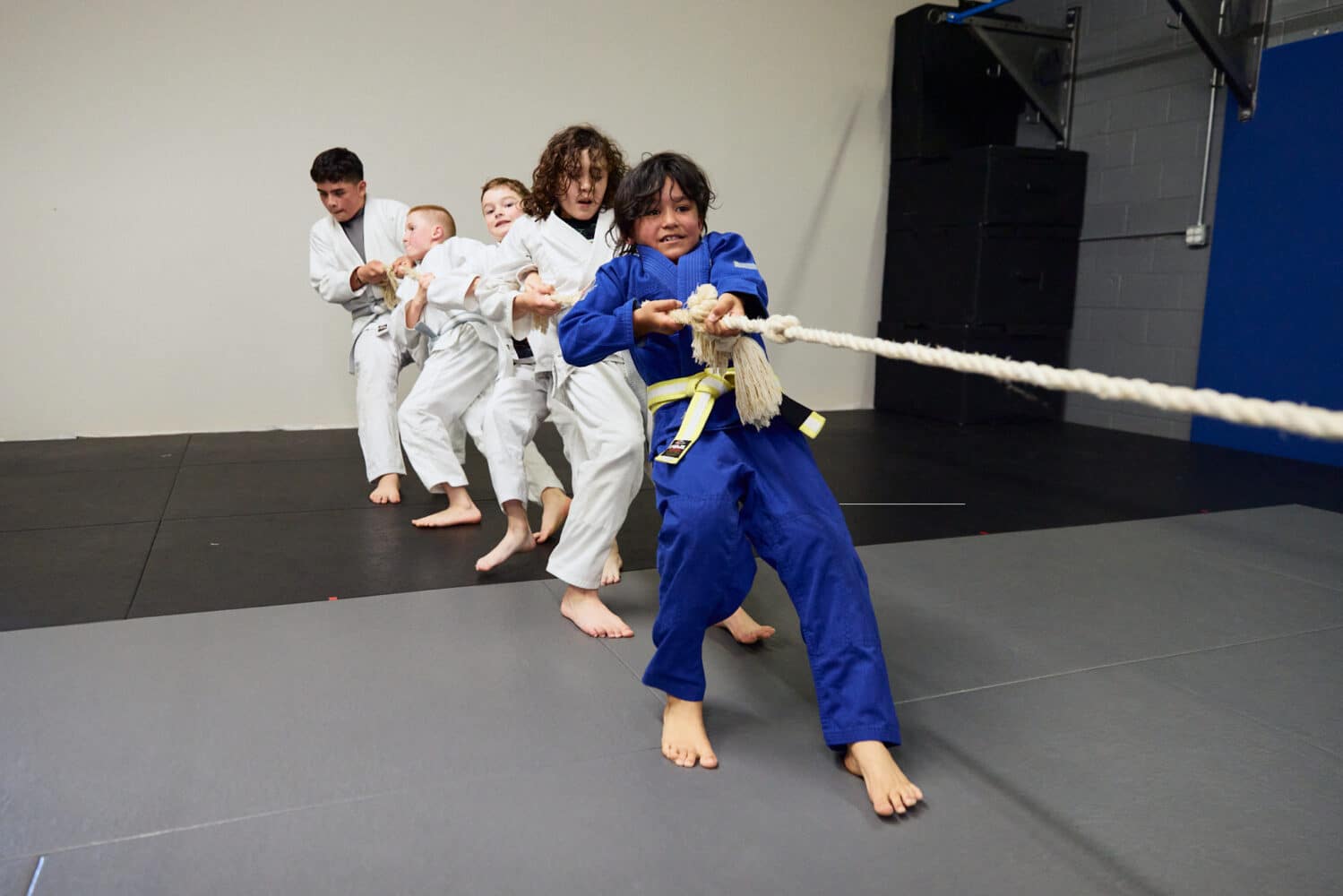The Crucial Role of Proprioception: How Brazilian Jiu-Jitsu Enhances Body Awareness
Proprioception, often referred to as the sixth sense, is the body’s ability to sense its position, movement, and spatial orientation. This innate sense plays a crucial role in our daily activities, athletic performance, and overall well-being. In the realm of martial arts, particularly Brazilian Jiu-Jitsu (BJJ), proprioception takes center stage as practitioners continuously refine their body awareness and control. Let’s delve into why proprioception is important and how how Brazilian Jiu-Jitsu Enhances Body Awareness.
Understanding Proprioception
Proprioception involves sensory receptors located in muscles, tendons, and joints, which provide feedback to the brain about the body’s position and movement. This feedback loop allows us to execute precise movements, maintain balance, and navigate through space seamlessly. Without proprioception, simple tasks like walking or reaching for an object would be challenging.
Importance in Athletic Performance
In sports and physical activities, heightened proprioception is invaluable. It enables athletes to move with precision, react swiftly to stimuli, and adapt to changing environments. Enhanced proprioceptive skills can lead to improved coordination, agility, and injury prevention, making it a cornerstone of athletic performance across various disciplines.
The Role of BJJ in Proprioception Development
Brazilian Jiu-Jitsu provides an ideal platform for proprioception development due to its emphasis on close-quarter combat, intricate body movements, and tactile feedback. Here’s how BJJ cultivates and enhances proprioceptive skills:
Sensory Awareness
BJJ requires practitioners to maintain constant awareness of their body position in relation to their opponent. Whether executing a sweep, applying a submission, or defending against an attack, practitioners rely on proprioceptive feedback to gauge their movements and maintain optimal positioning.
Fine Motor Control
BJJ techniques demand precise control over individual muscle groups, joints, and limbs. Practitioners must execute movements with finesse, utilizing subtle adjustments to gain leverage and maintain balance. This fine-tuned motor control hones proprioceptive abilities, allowing practitioners to execute techniques with accuracy and efficiency.
Kinesthetic Feedback
BJJ training involves constant physical contact with training partners, providing real-time kinesthetic feedback. Through tactile sensations, practitioners learn to interpret and respond to their opponent’s movements, applying pressure, shifting weight, and adjusting their position accordingly. This intimate connection fosters a heightened sense of proprioception, as practitioners develop an intuitive understanding of body mechanics and positioning.
Dynamic Balance
BJJ techniques often involve dynamic shifts in weight distribution and balance. Practitioners learn to adapt to these changes, maintaining stability while in motion or under pressure. This dynamic balance training challenges proprioceptive abilities, forcing practitioners to engage their stabilizing muscles and refine their sense of equilibrium.
Conclusion
Proprioception is a fundamental aspect of human movement, with far-reaching implications for athletic performance, injury prevention, and overall physical well-being. Brazilian Jiu-Jitsu serves as an effective vehicle for how Brazilian Jiu-Jitsu Enhances Body Awareness, offering practitioners a dynamic training environment where body awareness, fine motor control, kinesthetic feedback, and dynamic balance are continuously refined. By immersing oneself in the art of BJJ, practitioners not only enhance their martial arts prowess but also cultivate a deeper connection with their body and its inherent capabilities.

